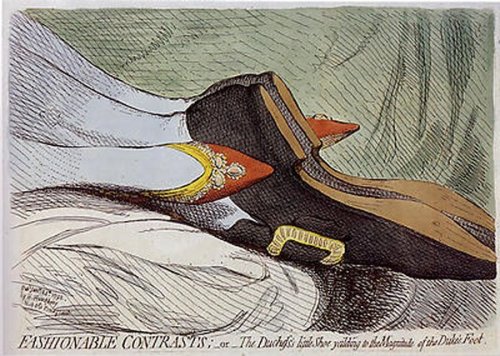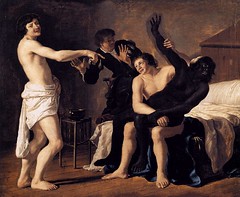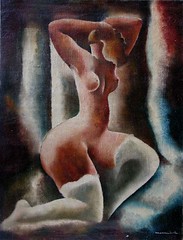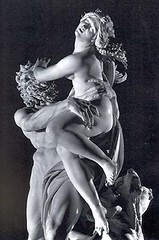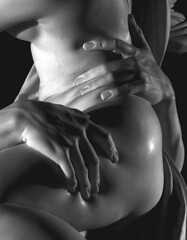
Bosch (from the Triptych of The Temptation of St. Anthony)
On my latest visit[1] to the KMSKB, I took some detailed photos of Bosch‘s The Temptation of St. Anthony (Bosch). The one shown above is from the left panel. I’ve chosen the rather bawdy depiction of a woman seated on all fours, with here belly and genital area being a whole in a hill. Depicting women as landscapes has been celebrated in several somatopia.
Somatopia is a term coined by Darby Lewes to denote texts composed of, or designed for the human body. Example include Merryland (1740) and Erotopolis: The Present State of Bettyland (1684).
An early novel, A New Description of Merryland. Containing a Topographical, Geographical and Natural History of that Country[2] (1740), “a fruitful and delicious country,” by Thomas Stretzer, depicted the female body as a landscape that men explore, till, and plow. For example, he writes: “Her valleys are like Eden, her hills like Lebanon, she is a paradise of pleasure and a garden of delight.” Sometimes, the metaphor of female form = landscape changes, but the objectification of the female body remains intact; only the image is changed, as when, for example, in another passage, the novel’s narrator, Roger Pheuquewell, describes the uterus (“Utrs,” as the author simply contracts vowels without graphical indication) as resembling “one of our common pint bottles, with the neck downwards.” It is remarkable, he says, for expanding infinitely, the more it is filled, and contracting when there is no crop to hold. Similarly, in Charles Cotton‘s Erotopolis: The Present State of Bettyland (1684), the female body is an island farmed by men.
Bosch’s “hill woman” shown above, and the genre of sexual somatopia is icon of erotic art #45.

